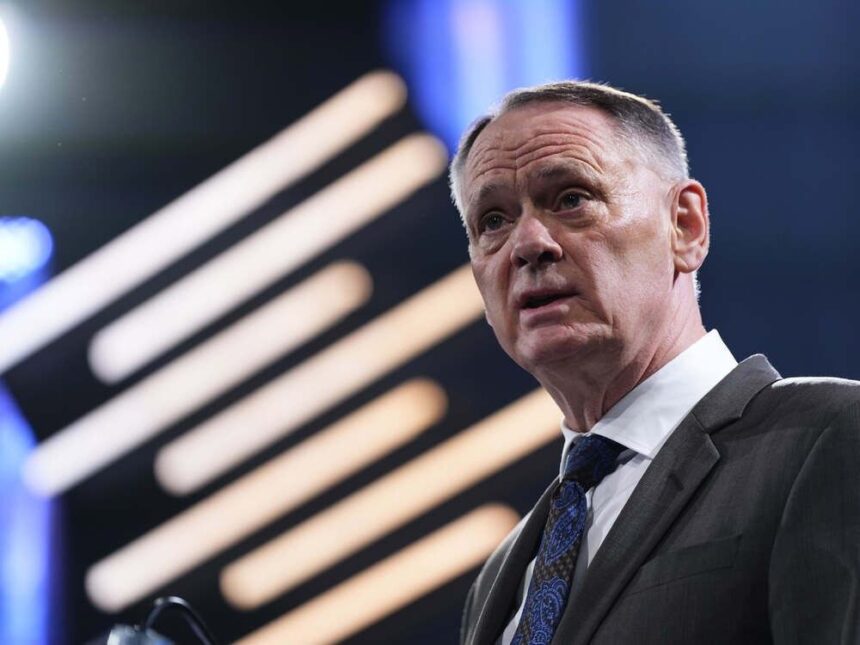In what could mark one of the most significant compensation reforms for Canada’s armed forces in decades, the federal government is carefully deliberating multiple approaches to fulfill its promised 20% military pay increase. This development comes amid growing concerns about recruitment challenges and retention issues that have left the Canadian Armed Forces (CAF) struggling with personnel shortages across multiple branches.
Defence Minister Bill Blair acknowledged last week that his department is examining various implementation methods rather than simply applying an across-the-board percentage increase. “We’re looking at a combination of approaches,” Blair told reporters following questions about the timeline for the promised compensation adjustment first announced in April’s federal budget.
The military pay increase, which would represent the most substantial boost for service members in over 20 years, comes as the CAF faces a personnel crisis. Current staffing levels sit approximately 16,000 members below full capacity—a situation military leadership describes as “critical” to operational readiness.
“This isn’t simply about competitive compensation, though that’s certainly important,” said military analyst Catherine McKenna in an interview with CO24 News. “It’s about addressing the fundamental value we place on military service at a time when global security challenges are intensifying and recruitment has never been more challenging.”
According to documents obtained through access to information requests, the Department of National Defence is considering targeted increases for specific ranks and specializations facing acute retention problems. Combat arms positions, technical specialists, and mid-level leadership roles have experienced particularly troubling attrition rates over the past three years.
The complexity of military compensation—which includes base pay, specialty pay, allowances, and benefits—makes implementing such a significant increase more complicated than it might initially appear. Sources within the department suggest the government is weighing options that could include adjustments to the military’s complex allowance structure alongside direct salary increases.
“Military compensation requires balancing operational needs with fiscal reality,” explained economist Thomas Reid, who specializes in Canadian politics and defense budgeting. “The goal isn’t just throwing money at the problem—it’s creating a sustainable structure that addresses both immediate recruitment challenges and long-term retention.”
Military families have been vocal about the financial pressures they face, particularly those stationed in Canada’s most expensive housing markets. The Canadian Armed Forces Ombudsman’s office reported a 32% increase in complaints related to financial hardship over the past year, with housing costs frequently cited as the primary concern.
“Many of our members are making difficult choices between continuing their service or pursuing civilian opportunities that offer greater financial stability,” said a senior military official speaking on condition of anonymity. “When we lose experienced personnel, we don’t just lose numbers—we lose institutional knowledge that takes years to rebuild.”
The timing of the pay increase implementation remains uncertain, though Minister Blair has indicated the government intends to move forward “expeditiously.” Treasury Board approval processes typically require several months of review before such significant compensation changes can take effect.
For Canada’s military members watching this process unfold, the details matter significantly. Junior ranks could see substantially different outcomes depending on which implementation approach the government ultimately selects. Some advocacy groups have called for retroactive increases dating back to the April budget announcement.
As global security challenges mount and Canada faces increasing pressure from allies to meet NATO defense spending commitments, the question remains: will this pay increase be enough to address the fundamental challenges facing our military, or is it merely a first step in what must be a more comprehensive overhaul of how we recruit, retain, and value those who serve?











